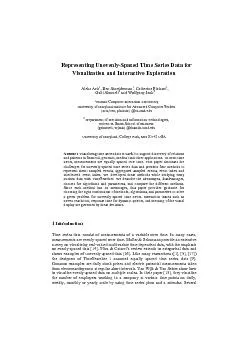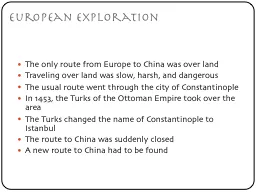PDF-Representing Unevenly-SpacedVisualization and Interactive Exploration
Author : marina-yarberry | Published Date : 2015-11-25
Aleks Aris 1 Ben Shneiderman 1 Catherine Plaisant 1 Galit Shmueli 2 and Wolfgang Jank 2 1 HumanComputer Interaction Laboratory University of Maryland Institute
Presentation Embed Code
Download Presentation
Download Presentation The PPT/PDF document "Representing Unevenly-SpacedVisualizatio..." is the property of its rightful owner. Permission is granted to download and print the materials on this website for personal, non-commercial use only, and to display it on your personal computer provided you do not modify the materials and that you retain all copyright notices contained in the materials. By downloading content from our website, you accept the terms of this agreement.
Representing Unevenly-SpacedVisualization and Interactive Exploration: Transcript
Download Rules Of Document
"Representing Unevenly-SpacedVisualization and Interactive Exploration"The content belongs to its owner. You may download and print it for personal use, without modification, and keep all copyright notices. By downloading, you agree to these terms.
Related Documents














